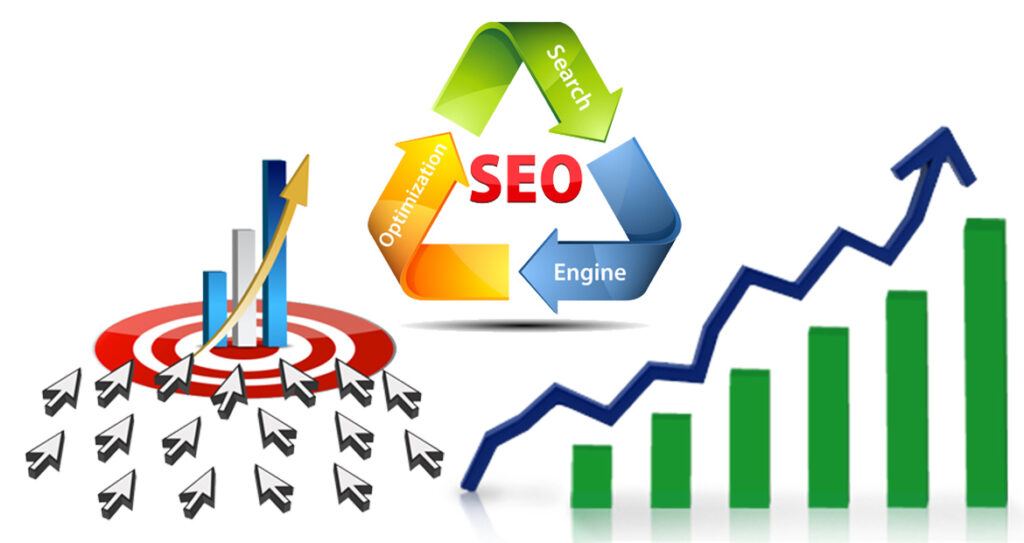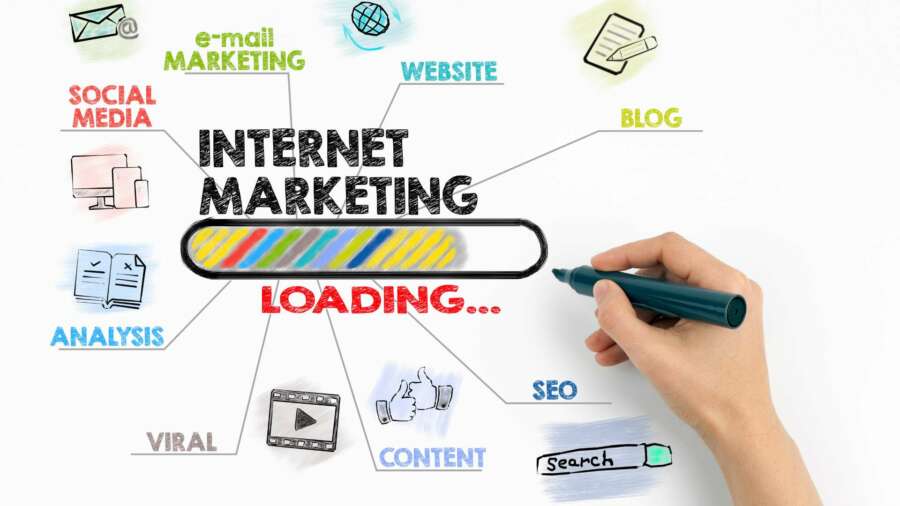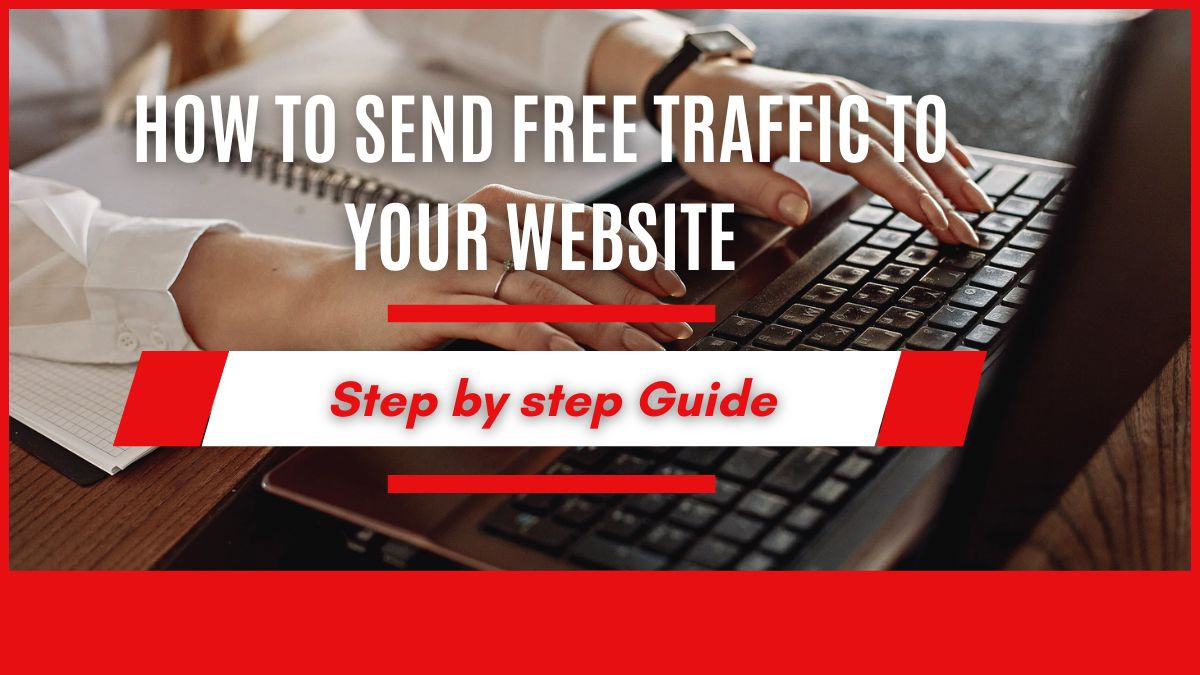Introduction
How To Send free traffic to your website can feel like an uphill battle, especially when working with a tight budget. However, it’s entirely possible to attract visitors without spending a dime.
The secret is to leverage a combination of social media platforms, compelling content creation, and strategic online engagement.
Here’s a comprehensive guide on how To Send Free Traffic via different platform To Your Website crafted to help you succeed.
Facebook Groups are a treasure trove for generating free traffic. The trick is to join groups closely related to your niche and become active, valued members.
Share your expertise by answering questions and providing valuable insights.
Smartly promoting your website in these groups doesn’t come off as spammy because you’ve already established yourself as a credible source of information.
Twitter offers another excellent avenue for driving traffic. Its fast-paced nature allows for quick and engaging interactions.
Using relevant hashtags lets you reach a wider audience interested in your niche.
Regularly tweet links to your blog posts or website content, but balance these with genuine interactions and retweets. This ensures your followers don’t feel overwhelmed by constant self-promotion.
Instagram with its visual-centric approach, is perfect for drawing traffic to your site. High-quality images and stories that give a peek behind the scenes can captivate your audience.
Use relevant hashtags to increase your reach, and actively engage with your followers through comments and direct messages. This will build a loyal community that frequently visits your website.
Optimize for Search Engines (SEO) To Send Free Traffic To Your Website

Search Engine Optimization (SEO) is crucial for organic traffic. Start with thorough keyword research using tools like Google Keyword Planner or Ubersuggest.
Focus on long-tail keywords that are less competitive but highly specific to your niche, which can attract a more targeted audience.
On-page optimization involves integrating these keywords naturally into your content. Pay special attention to meta titles, descriptions, and header tags, as these significantly impact your search engine rankings.
Additionally, ensure your site is mobile-friendly and loads quickly, as these factors influence how search engines rank your site.
Building quality backlinks is another essential aspect of SEO. Backlinks from reputable sites can significantly enhance your search engine visibility.
Aim to earn these through guest posts, collaborations, and producing high-quality content that others find valuable enough to link to.
Avoid black-hat SEO techniques like buying links, as these can lead to severe penalties from search engines.
Video content is another powerful tool when shared on platforms like YouTube and social media, videos are engaging and can drive substantial traffic.
Engaging content is a cornerstone of driving free traffic. Starting a blog on your website allows you to regularly publish articles that address your audience’s pain points and interests.
Ensure each post is optimized for SEO and share them across your social media platforms to attract readers.
Create how-to videos, product reviews, or behind-the-scenes content to provide value to your audience.
Infographics are visually appealing and easily shareable. They are a great way to present complex information in a digestible format.
Craft infographics that summarize key points from your articles or highlight exciting statistics.
Share these on social media and offer them as embeddable content for other websites, which can include a link back to your site.
Participate in Online Communities
Online communities are fertile ground for attracting traffic. Join forums related to your industry and contribute meaningful posts that provide genuine value.
Including a link to your website in your forum signature can drive traffic, but ensure your contributions are helpful and not overly promotional.
Q&A sites like Quora and Reddit are also valuable. Answering questions about your niche with detailed, helpful responses establishes you as an authority.
Including a link to your website in your answers can drive targeted traffic and enhance your credibility.
Engaging in niche communities, whether specific Facebook groups or specialized online forums, can attract highly targeted traffic.
Be an active, valuable member by sharing your expertise and linking to your content when it genuinely helps others.
Utilize Email Marketing

Email marketing remains a potent tool for driving traffic. Start by building an email list by offering valuable incentives like free e-books, exclusive content, or discounts.
An engaged email list can provide consistent traffic to your site.
Regular newsletters keep your audience informed and engaged.
Share recent blog posts, updates, and exclusive content through visually appealing, mobile-friendly newsletters, which will keep your audience coming back to your website for more.
Personalized emails have higher open and click-through rates. Use segmentation features in your email marketing platform to tailor your messages to different audience segments.
Address subscribers by their first names and recommend content based on their preferences to enhance engagement.
Collaborate with Influencers
Influencer collaborations can significantly boost your traffic. Using tools like BuzzSumo, identify influencers within your niche who have an engaged following.
Look for those whose audience aligns with your target market for maximum impact.
When approaching influencers, propose collaborations that offer mutual benefits. This could include guest posting on their blog, co-hosting a webinar, or featuring them in your content.
Ensuring both parties benefit from the collaboration increases its likelihood of success.
Guest posting on popular blogs in your industry is another effective strategy. Write high-quality, valuable content for other blogs and include a link to your website.
This will not only drives traffic but also enhances your SEO through quality backlinks.
Harness the Power of Webinars and Live Streams
Webinars offer a direct way to interact with your audience and provide valuable information. Promote your webinars through your website and social media channels.
Offer recordings for those who couldn’t attend live, which can continue to drive traffic to your site long after the webinar ends.
Live streaming on platforms like Facebook Live or Instagram Live can significantly boost engagement. Host live Q&A sessions, product demos, or behind-the-scenes tours.
Encourage viewers to visit your website for more information or special offers.
Repurposing your webinar content into blog posts, videos, and social media snippets maximizes its value. This extends the life of your content and attracts traffic from different platforms.

Using Free Online Tools Will To Send Free Traffic To Your Website
Free online tools can significantly aid in driving traffic. For local businesses, Google My Business is indispensable.
Ensure your listing has accurate information, photos, and customer reviews to attract local visitors through local search results.
Free analytics tools like Google Analytics provide valuable insights into your website traffic.
Use these insights to understand your audience’s behavior, identify popular content, and refine your traffic-driving strategies.
Social media management tools like Hootsuite or Buffer can streamline your social media efforts.
These tools allow you to schedule posts, monitor engagement, and analyze performance, ensuring that your social media activities effectively drive traffic to your website.
Advantages of Paid vs. Free Traffic
Paid Traffic
Immediate Results Paid traffic delivers instant visibility and traffic as soon as your ads go live, making it an excellent choice for time-sensitive promotions.
Targeted Reach With paid advertising, you can precisely target your audience based on demographics, interests, behaviors, and more, ensuring your message reaches the right people.
Scalability Paid traffic can be scaled up quickly to meet your business needs. With the budget, you can increase your ad spend to drive more traffic almost instantaneously.
Predictable Results Paid campaigns can be optimized and tracked to deliver predictable and consistent results. You can measure ROI and adjust strategies accordingly.
Enhanced Visibility Paid ads often occupy prominent positions on search engines and social media platforms, ensuring higher visibility than organic results.
Free Traffic
Cost-Effective Free traffic generation methods, such as SEO, social media engagement, and content marketing, require minimal financial investment, making them ideal for businesses with tight budgets.
Sustainable Once established, accessible traffic sources like high-ranking content or engaged social media communities can provide long-term, sustainable traffic without ongoing costs.
Trust and Credibility Organic traffic builds more trust and credibility with users. High-ranking organic search results are often viewed as more trustworthy than paid ads.
Brand Loyalty Free traffic methods like content marketing and community engagement foster deeper connections with your audience, leading to higher brand loyalty and repeat visitors.
Adaptability Free traffic strategies can be easily adapted and refined over time based on performance data, audience feedback, and changing market conditions.
Visual Graph Comparing Paid vs. Free Traffic
I’ve created this graph comparing the key advantages of paid and free traffic using a radar chart. Please hold on for a moment while I generate this visual representation.

Both paid and free traffic strategies offer unique advantages that can benefit your website.
Paid traffic provides immediate results, precise targeting, scalability, and enhanced visibility, making it ideal for businesses that need quick and predictable outcomes.
Pros & Cons
Pros of Free Traffic
- Cost-Efficiency: Free traffic doesn’t require a monetary investment, making it a cost-effective way to attract visitors to your website or content. This is particularly beneficial for startups or small businesses with limited budgets.
- Organic Reach: Building free traffic often involves organic methods like SEO, social media engagement, or content marketing. This can lead to more sustainable and long-term traffic growth as your content gains credibility and authority over time.
- High Engagement Potential: Free traffic sources, such as social media and organic search, can result in highly engaged visitors who are genuinely interested in your content. This can lead to better user interaction and higher conversion rates.
Cons of Free Traffic
- Slow Results: Generating free traffic usually takes time. SEO, for example, requires a gradual buildup of content and authority, which can delay seeing significant traffic increases compared to paid advertising.
- Limited Control: With free traffic, you have less control over the timing and targeting of your audience. Organic reach can be unpredictable and subject to changes in algorithms or trends, which can affect your traffic levels.
- Intense Competition: Gaining visibility through free channels can be highly competitive. Especially in saturated markets, it may be challenging to stand out and attract a significant amount of traffic without additional promotional efforts.
Conclusion
With the right strategies in place, sending free traffic to your website is not only achievable but can also be incredibly rewarding without a doudt.
Each tactic outlined here—leveraging social media platforms, optimizing for SEO, creating engaging content, participating in online communities, utilizing email marketing, collaborating with influencers, harnessing the power of webinars and live streams, and using free online tools—offers unique benefits that collectively drive a significant flow of visitors to your site.
Remember, consistency and genuine engagement are essential.
Actively participating in relevant online communities, providing valuable content, and fostering relationships with influencers, you can build a loyal audience that keeps coming back.
Embrace the art of storytelling and personal connection to attract traffic and convert visitors into dedicated followers and customers.
Every content you create and interact with should aim to add value and build trust. Over time, these efforts compound, transforming your website into a go-to resource in your niche.
Start implementing these strategies today, adapt them to fit your unique needs, and watch your website traffic grow organically and sustainably.
What challenges have you faced in starting your online business, and how did you overcome them? Share your experiences and tips in the comments below—your insights could help fellow entrepreneurs tackle similar issues!
Which online marketing strategy or tool has been a game-changer for your business? Whether it’s a specific platform, technique, or resource, let us know in the comments! Your recommendations might be just what others need to boost their success.


HI Earl,
This is an important topic for me that I really need to study. You have provided some great information here. I’m just learning how to use Facebook for my online business, so the section on leveraging Facebook Groups and Twitter stood out to me. Building a presence in niche communities and using hashtags effectively are powerful tactics for attracting targeted audiences. Additionally, the insights on using SEO and optimizing for search engines are invaluable for long-term growth.
With all these strategies, consistency and genuine engagement seem crucial. How do you recommend balancing the time and resources spent on each platform to ensure the most effective traffic growth?
– Scott
Thank you for your feedback! Balancing your time and resources across platforms is crucial. Start by identifying where your target audience is most active and focus your efforts there.
Prioritize engaging content and genuine interactions. Use analytics to track what’s working and adjust your strategy accordingly. Remember, quality and consistency are vital in building a solid online presence.